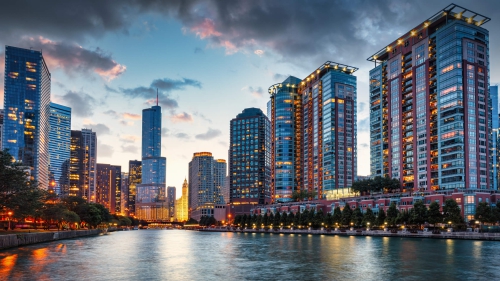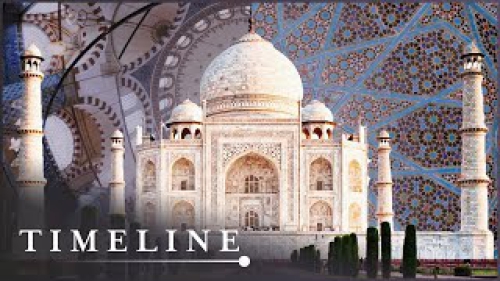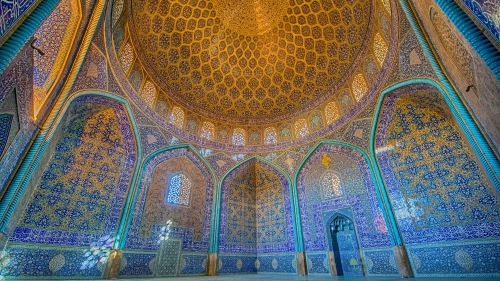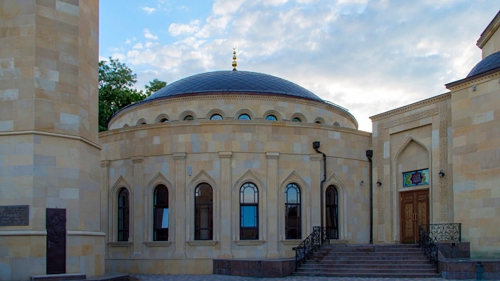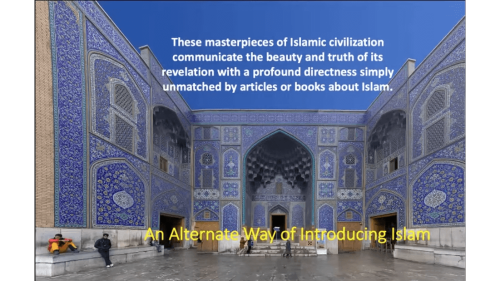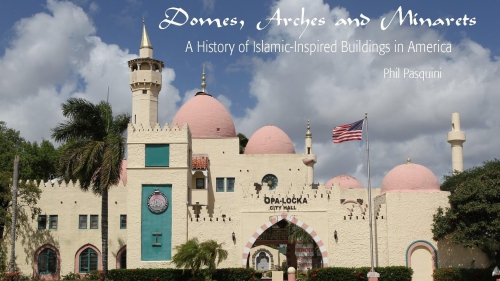Pragmatism in Islamic Architecture
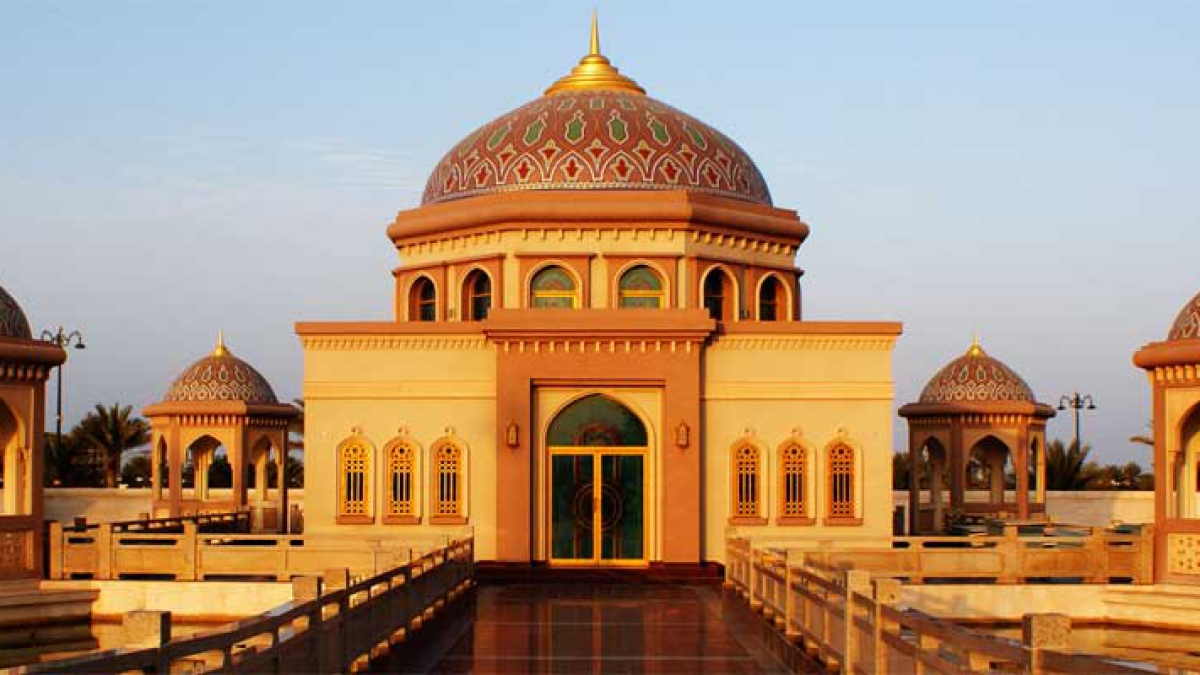
Islam is a complete way of life. Its values and teachings, together with the teachings of Prophet Muhammad (pbuh), whose primary task was to explain to mankind and put into practice the precepts of Islam, are universal and timeless. The significance of Islamic architecture is universal and permanent too, in that the philosophy that it embodies is the Islamic one. However, such is the nature of Islamic architecture that it is receptive to advances in science and technology as well as the requirements of people's living conditions.
It is an imperative that Muslim architects always remember this verity while trying to revive and sustain the concept of Islamic architecture. In so doing Muslim architects are bidden to, firstly, identify the general Islamic guidelines and principles pertaining to the enterprise of building. Next, they must be fully aware of the implications of the dilemmas and challenges their time and the diverse regions in which they live entail. They cannot be trapped in a historical episode, overly romanticizing it and attempting to emulate the architectural solutions the Muslims of that particular period successfully evolved. If something was the norm during a period and in a particular ecological setting, such by no means can be the same in every subsequent period and in different ecological settings. Technological advancements rapidly change; demands of different eras fluctuate, even under the same ecological conditions; climate exigencies must be painstakingly heeded; and, lastly, human psychology also changes with the change of time and space posing a number of exigencies of its own. No architectural plan and design which served as a solution for an age and place can be simply "parachuted" to another age and place without properly modulating it to its rigorous environmental and socio-cultural requirements. To do that is to betray the dynamic spirit of both the common sense and the perpetual message of Islam. Blind and ignorant imitations and following, even in sheer religious matters, are categorically rebuked by Islam.
While taking hold of the general Islamic guidelines and principles with reference to creating an Islamic architecture, on the one hand, and while studying the needs of different times and situations so that the former can be felicitously understood and applied, on the other, Muslim architects in reality perform a degree of ijtihad, i.e., forming an independent opinion or judgment within the framework of an available text. In doing so, according to a tradition, if one excels and arrives at the right ruling one receives two rewards from God; but if one fails to arrive at the correct ruling, one still merits one reward from God because of his earnest exertion in pursuit of the truth. In light of this tradition, in no way can a serious, enlightened, accountable and sincere person be a loser provided he/she sincerely exerts himself/herself. This divine assurance should serve as an impetus for the Muslim architects and designers as a starting point to look carefully and critically at the existing state of architecture and how buildings in the Muslim world are planned and designed, as well as to start contemplating the prospects of finding better solutions that are at once inspired by and infused with the values of Islam responsive to the exigencies of different times and regions.
To start with, Muslim architects need not consider themselves to be bound by a single historical structural model, device or solution. The past is to be viewed all the time as such, i.e., the past. It is to be neither excessively venerated or idealized nor completely disregarded. The past must be put in its true perspective with such notions as wisdom, pragmatism and practicality leading the way. In their daunting search for contemporary Islamic architecture, Muslim architects and designers must be driven by a clear principled vision, a free spirit and an insatiable thirst for ingenuity, which must be shrouded in strong determination, self-belief and quest for excellence. However, should some modern structural devices or solutions appear to bear a resemblance, partly or totally, to the ones used in the past, one is not to shy away from reviving them within the existing contexts. The history of Islamic architecture is not to be looked down at as entirely outmoded and worthless. As we are against blind and ignorant imitation of the past, we are likewise against disengaging ourselves from it and completely ignoring the numerous lessons that we can learn therefrom. Indeed, much can be learned from history because the protagonists of any historical episode while solving their problems possessed the same vision and objectives as we do today while solving the problems of our own. On the other hand, however, we have to be extremely mindful and selective as to what exactly to benefit from history, in which areas and how far we are to emulate our predecessors, because most of their problems were the product of the circumstances under which they operated, whereas our problems are the product of the circumstances under which we operate. Hence, seldom can their solutions be utterly ours.
There is no such thing as a standardized Islamic architecture which can be reproduced anytime and anywhere. If truth be told, there is nothing as such in the whole body of the Islamic built environment. Therefore, Muslim architects and designers should not hesitate to unleash their burning Islamic spirit, desire, imagination and creativity in order to conceive and create such an architectural tradition that will be compatible with the requirements of both the religious message and modernity. Undoubtedly, the given solutions will have to vary from one region to another, somewhere more and somewhere less. But the essence of all the possible designs, including those adopted as the best solutions in history, will remain one, because of the same worldview and the same religious spirit and foundation that underpin the presence of Muslims and bind all the Muslim peoples regardless of their different geographical locations, cultures and historical appearances. Whatever conception and form are eventually given to such architecture is absolutely qualified to be branded as "Islamic". On account of its location, sheer exterior, or association with a historical moment, no building can be more Islamic than others. What matters, imperatively, is the total function and utility, that a building is imbued with the soul and purity of Islam, and that it stands for an embodiment of the Islamic values and principles insofar as the fulfilling of a building's functions and roles is concerned.
Thus, perceiving and creating Islamic architecture is a very serious task. It is about giving people some of their fundamental rights, executing a religious obligation, and contributing to an appropriate or an otherwise implementation of the message of Islam. The corollary of all this is that Muslim architects, and all the other professionals in the field of built environment at large, must enhance considerably their knowledge of Islam: its Sharia'h and worldview. This may appear as a daunting task to many, however, needless to say that it is incumbent upon every Muslim, male and female, to know the rulings of Islam pertaining to the obligations and teachings they have to adhere to in their life.
While Islamizing the notion of architecture in both theory and practice, Muslim architects and engineers can draw on their own familiarity with the rulings of Islam, provided the same is adequate. Otherwise, trustworthy religious scholars, who are both qualified and broad-minded, should be consulted and engaged as many times as needed. It goes without saying that unremitting inter and cross-professional studies and research activities appear to be inevitable. This is bound to lead gradually to narrowing down the glaring gap separating the religious scholars and their fields of interest from the secular ones and their own fields of interest. This way, every scholar will become aware as to his/her role in society and his/her obligations toward society, nature and God. Certainly, the religious scholars will have to widen their interests and concerns, becoming what they are actually always meant to be: the guardians of societies. But to secure that accolade they ought to reevaluate themselves and their undertakings, striving to be a more practical, approachable, people-friendly, and less dogmatic and idealistic lot. Whereas the secular scholars will have to think of Islamizing their knowledge, wherever there is a conflict of interests and as much as possible, realigning their scientific goals and aspirations with the goals and aspirations of the Muslim community to which they belong.
Certainly, it is a high time that a serious and scientific initiative of integrating the Islamic worldview and value system into architecture takes off in the Muslim world. However, such a scheme ought to constitute but a segment of a broad Islamization project aimed at bringing about a total harmonization between the education systems of Muslims and the teachings of Islam. It is not only that architecture should be targeted by the scheme, but also the whole of built environment professions. The process of integration will yield best results if it were embarked on gradually, after people have become convinced of its relevance and urgency.
In universities and colleges where students undertake architecture programs, some in-depth and deemed most needed programs on Islamic studies can be taught. Lecturers and tutors must be well-educated, well-trained and must lead by example. Their role is critical. The mission of Islamization is a massive and complex one so students will always look up at their teachers for inspiration and guidance. The programs can be taught independently or they can be integrated into the syllabus of other courses. The latter option is an excellent one, as it is spontaneous and natural, hence more effective. Due to the obvious relevance and applicability of the integrated subject matter, the students will have little or no reasons to develop any aversion to what they are subjected to. The former option, however, if applied alone is not really a helpful one, as it is suggestive, nominally though, of perpetuating the existing rift between the religious and architectural sciences. At best, the same can be seen as just an addendum to the existing curriculum, to which the students are bound to develop much indifference. Definitely, the best and most workable solution would be a feasible combination of both options. In the process, either option can be given more emphasis on the expense of the other, subject to the dictates of different situations. However, no matter what model is eventually developed, this aspect of Islamization process can become effective only if students are constantly urged to incorporate what they have learned in the classroom into their practical work in studios and laboratories. Above all this, furthermore, intensive workshops, seminars and trainings can be periodically organized for those who have already graduated and are actively involved in construction sector professions, so that continuity is ensured and if considered necessary with some professionals, enthusiasm for the mission renewed.
It would be even better if the education systems of Muslims are so arranged that all students come to colleges and universities with a reasonable amount of knowledge about Islam and its culture and history, which they have obtained beforehand at the lower levels of their study. What would then transpire in colleges and universities is that no time will be wasted on clarifying basic concepts and on dealing with introductory issues. Rather, straight from the beginning the core issues could be seriously approached from perspectives that suite the level of students' study, aptitude and interests. It then could be hoped that within the prescribed timeframe which students spend in colleges and universities, a significant set of objectives with respect to Islamization and integration of knowledge can be successfully achieved. Then, the whole enterprise will in due time become a serious, sought-after and productive scientific project, rather than a superficial, superfluous and decorative diversion.
*****
This article is an excerpt from the author's recent book "Islamic Architecture: Its Philosophy, Spiritual Significance and Some Early Developments":
Dr. Spahic Omer is a Bosnian currently residing in Malaysia, is an Associate Professor at the Kulliyyah of Architecture and Environmental Design, International Islamic University Malaysia. He studied in Bosnia, Egypt and Malaysia. His research interests cover Islamic history, culture and civilization, as well as the history and philosophy of the Islamic built environment. He can be reached at spahicoyahoo.com; his blog is at www.medinanet.org .







